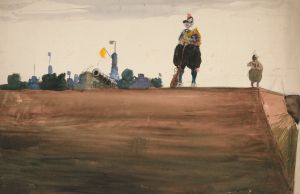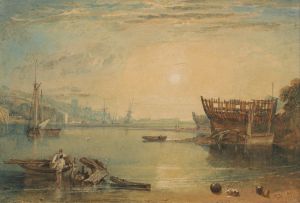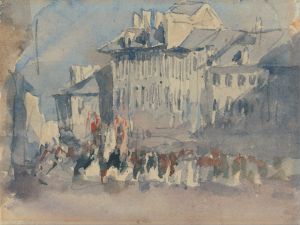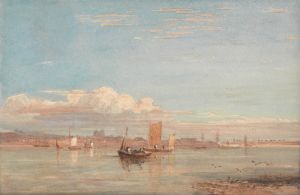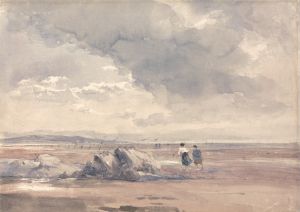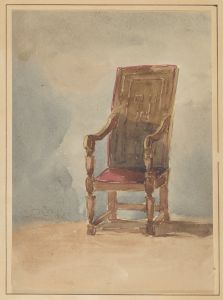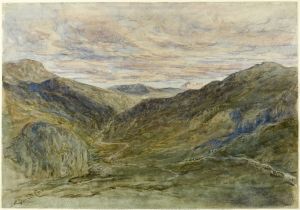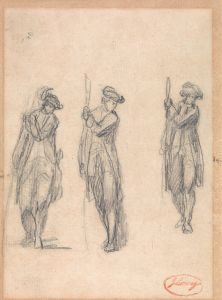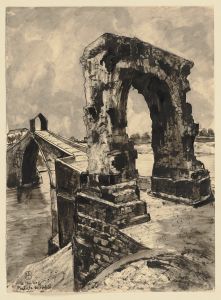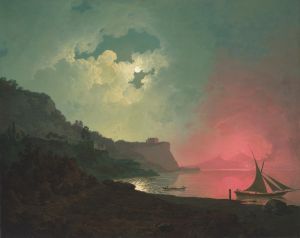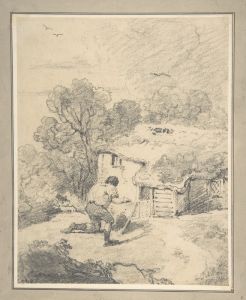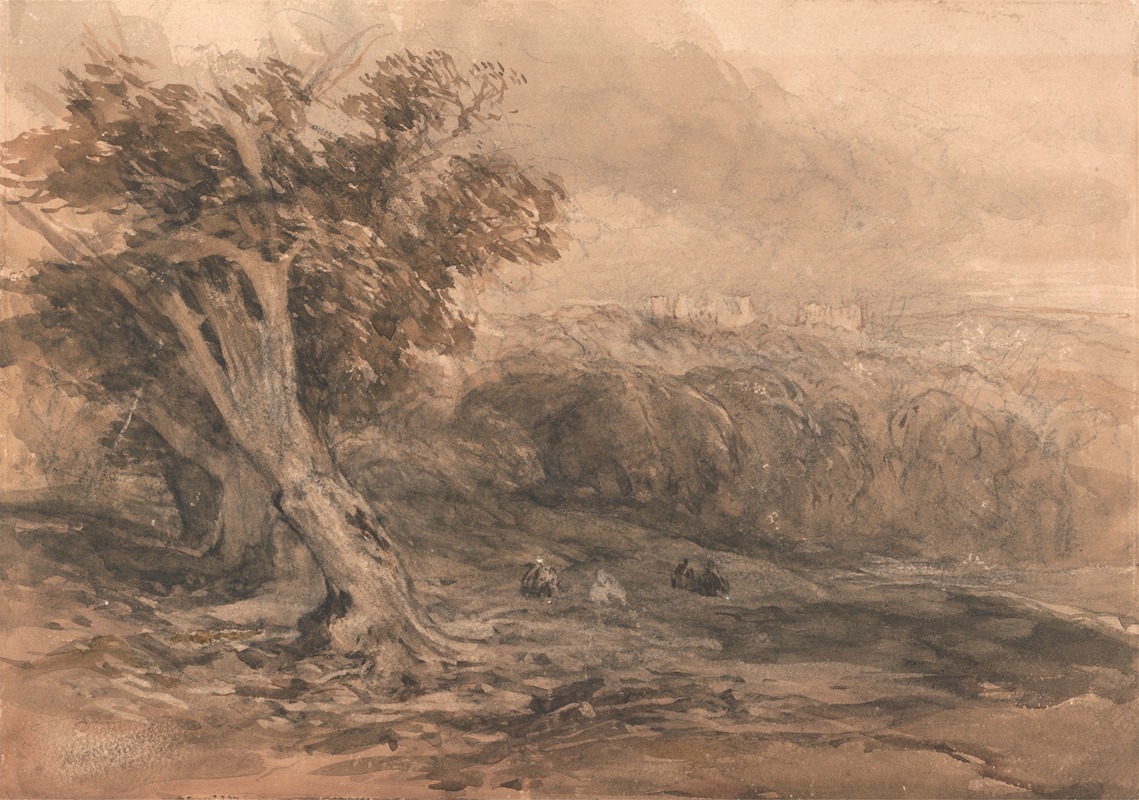
Warwick Castle
A hand-painted replica of David Cox’s masterpiece Warwick Castle, meticulously crafted by professional artists to capture the true essence of the original. Each piece is created with museum-quality canvas and rare mineral pigments, carefully painted by experienced artists with delicate brushstrokes and rich, layered colors to perfectly recreate the texture of the original artwork. Unlike machine-printed reproductions, this hand-painted version brings the painting to life, infused with the artist’s emotions and skill in every stroke. Whether for personal collection or home decoration, it instantly elevates the artistic atmosphere of any space.
David Cox (1783–1859) was an English landscape painter, one of the most important members of the Birmingham School of landscape artists and an early precursor of the Impressionist movement. His painting "Warwick Castle" is a notable work that captures the historic Warwick Castle, located in Warwickshire, England.
Warwick Castle, originally built by William the Conqueror in 1068, has a rich history and has been a significant site throughout English history. The castle has undergone numerous modifications and expansions over the centuries, transforming from a wooden motte-and-bailey structure to the imposing stone fortress that stands today. By the time David Cox painted it, the castle was already a well-known landmark and a popular subject for artists.
David Cox's "Warwick Castle" is an exemplary piece that showcases his skill in capturing the essence of the English countryside and historic architecture. The painting is characterized by its atmospheric quality, a hallmark of Cox's work, which often features a keen observation of light and weather conditions. In this painting, Cox employs his adept use of watercolor to render the castle and its surroundings with a sense of immediacy and naturalism.
The composition of "Warwick Castle" typically includes the castle itself prominently in the background, with the River Avon flowing in the foreground. This setting not only highlights the grandeur of the castle but also integrates it harmoniously into the natural landscape. Cox's use of color and light in the painting brings out the texture of the stone walls and the lush greenery around the castle, creating a vivid and lifelike scene.
Cox was known for his plein air painting technique, where he would paint outdoors to capture the natural light and atmosphere directly. This approach is evident in "Warwick Castle," where the dynamic sky and the reflections in the water suggest that Cox painted the scene on location or made detailed sketches that he later used in his studio. His ability to depict the transient effects of light and weather contributes to the painting's lively and realistic quality.
"Warwick Castle" by David Cox is not just a representation of a historic site but also an example of the artist's broader contribution to landscape painting. Cox's work influenced many later artists, and his techniques and approach to capturing the natural world were ahead of his time, foreshadowing the developments of the Impressionist movement.
Today, David Cox's paintings, including "Warwick Castle," are appreciated for their artistic merit and historical significance. They offer a glimpse into the 19th-century English landscape and the evolving art practices of the time. Cox's ability to blend historical architecture with the natural environment in his paintings continues to be celebrated by art historians and enthusiasts alike.





